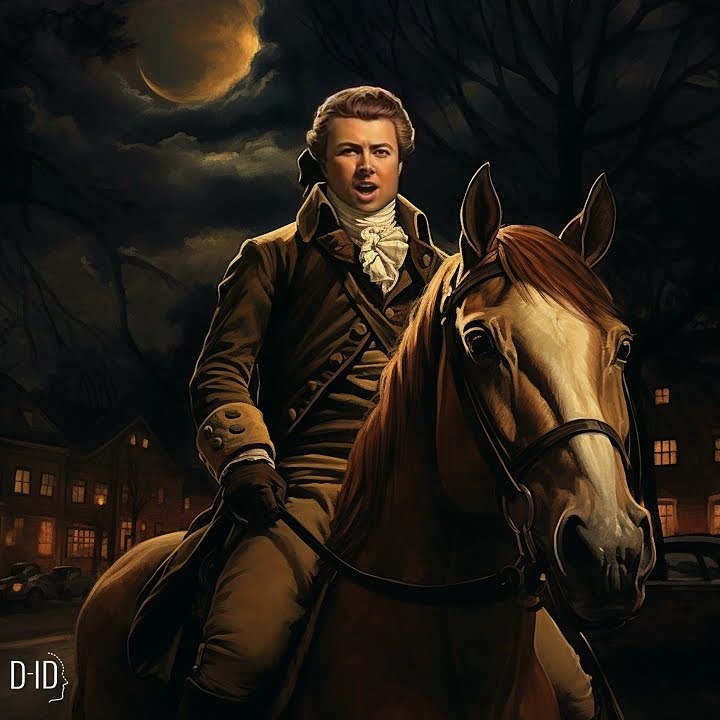The night was quiet but tense on April 18, 1775. In Boston, British troops prepared to march under the cover of darkness; their orders cleared to seize the colonial weapons cache in Concord and arrest revolutionary leaders Samuel Adams and John Hancock. But unbeknownst to them, a network of patriots had been preparing for just such a move. In the heart of this effort was Paul Revere, a silversmith with an unshakable commitment to the revolutionary cause.
A Call to Action
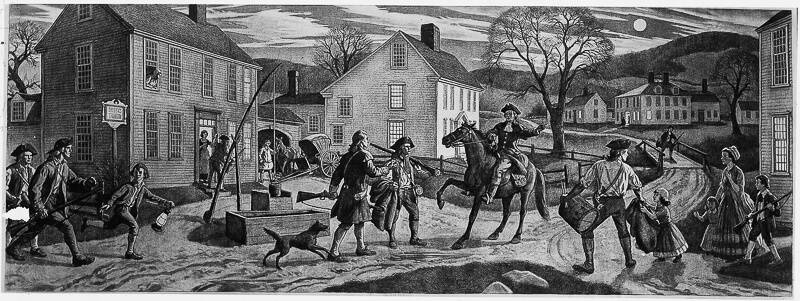
Earlier that evening, Dr. Joseph Warren received intelligence of the British plan. Without hesitation, he summoned Revere and William Dawes to carry the warning to Lexington and Concord. Time was of the essence. Revere devised a plan to signal the British route of advance: one lantern in the Old North Church steeple if they came by land, two if by sea. As he waited for the signal, his heart raced with the gravity of the task ahead.
At around 10 p.m., two lanterns briefly illuminated the steeple, casting their light across the darkened city. The British were taking the Charles River. Revere mounted his horse and set out on a ride that would change the course of history.
The Ride Begins
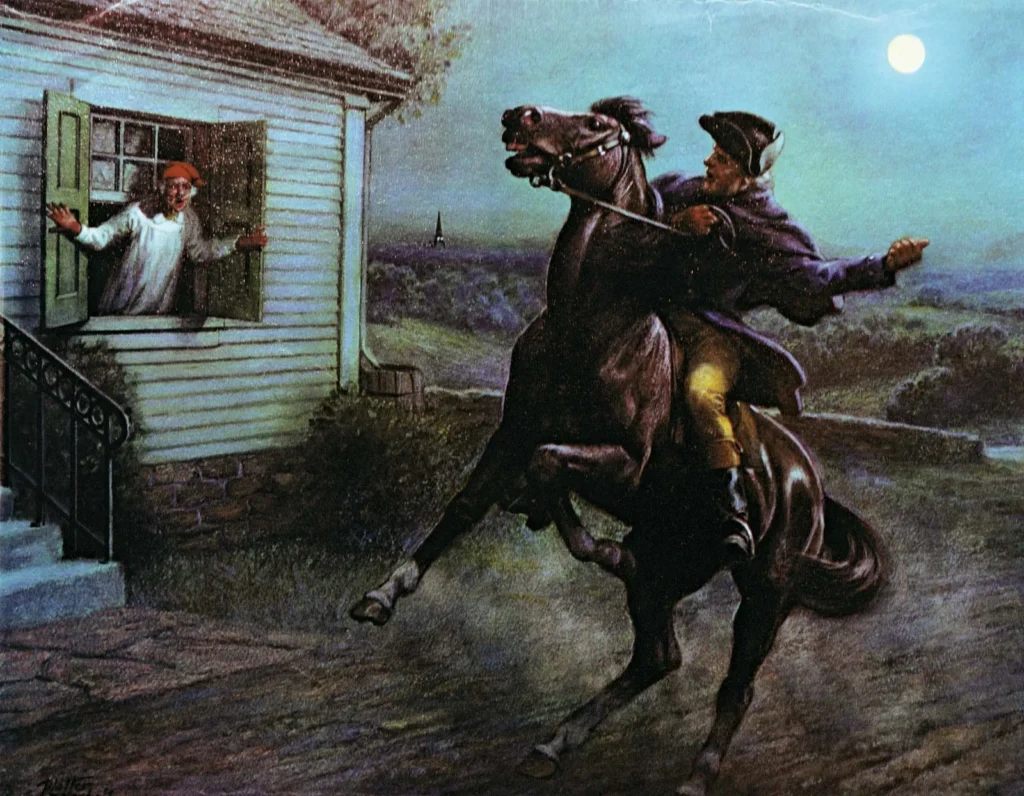
Revere’s journey began with a sprint through the narrow, cobblestone streets of Boston. As he crossed the river and galloped into the countryside, the air was crisp, and the moonlight offered little comfort. At every house he passed, Revere shouted, “The regulars are coming out, avoiding the term “British” to account for loyalist ears that might be listening.
The ride was not without peril. British patrols roamed the area, and capture would mean certain imprisonment or worse. Yet Revere pressed on, his mission too vital to abandon. In Medford, he roused the local militia captain. In Menotomy, now Arlington, he alerted another community. Each stop was brief, the urgency driving him forward.
Reinforcements Join the Mission
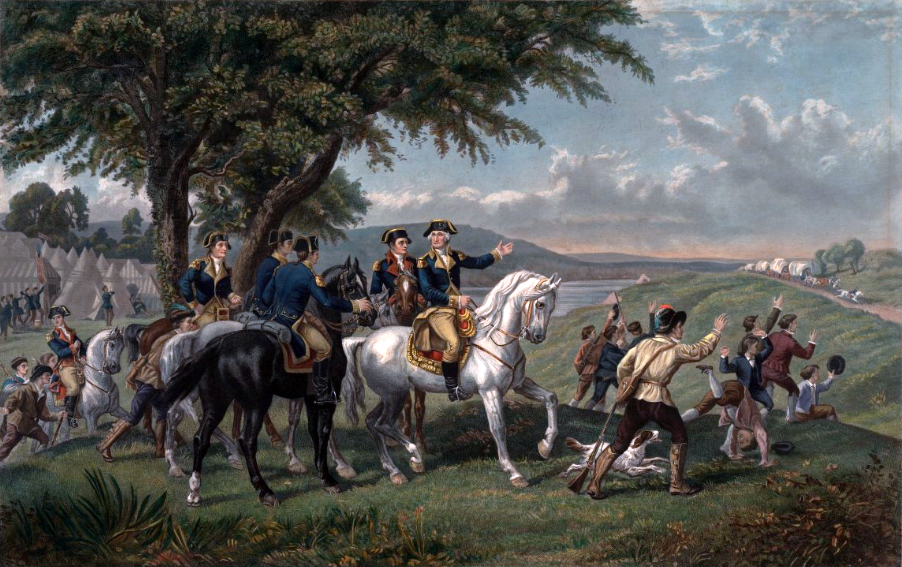
In Lexington, Revere reached the home where Adams and Hancock were staying. He delivered his warning, urging the two leaders to flee. But his work was not yet done. Joined by Dawes and later Samuel Prescott, Revere rode onward to Concord. The trio’s progress was cut short by a British patrol. Prescott managed to escape and continue to Concord, while Revere was briefly detained. Though his ride ended there, the alarm he had raised had already spread like wildfire.
The Dawn of Revolution
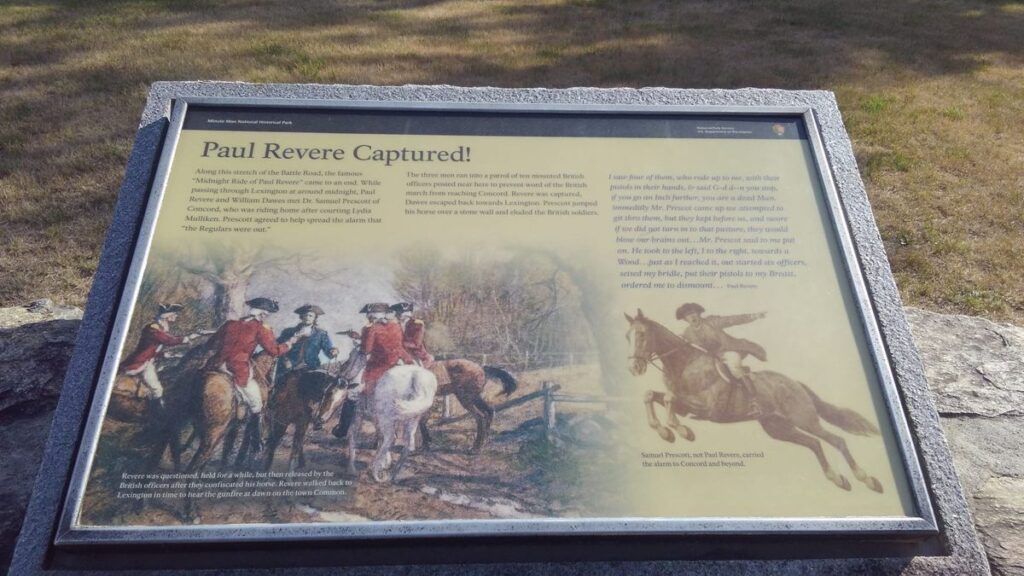
As dawn broke on April 19, 1775, the British troops arrived in Lexington, only to find the Minutemen waiting. A shot rang out, its origin unknown, and the skirmish began. The battles of Lexington and Concord would mark the official start of the Revolutionary War. Thanks to the midnight riders, the colonial militias had been warned and were prepared to resist.
The Man Behind the Legend
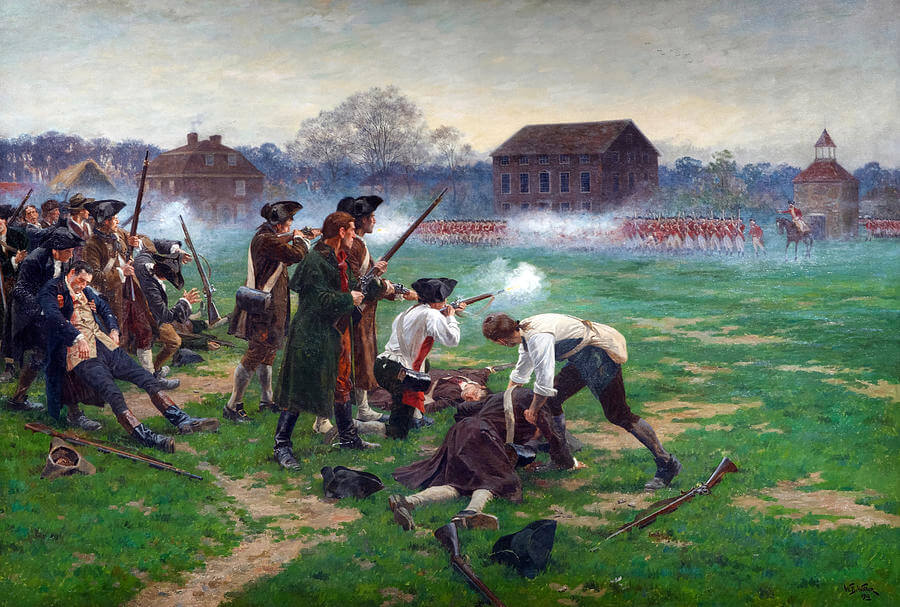
Paul Revere’s ride was not a solitary act of heroism but part of a well-coordinated effort by the Sons of Liberty. His role, however, was pivotal in ensuring the colonies were ready to face the British advance. The courage and determination he displayed that night have become emblematic of the American spirit.
The Myth and the Memory
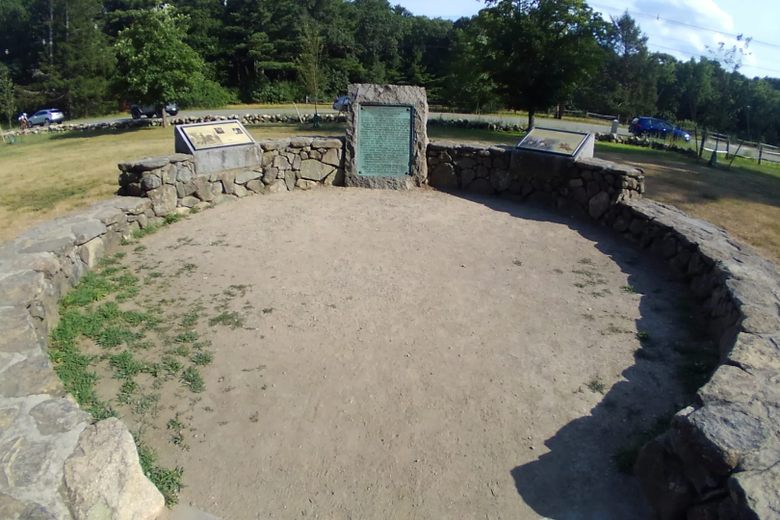
In 1861, Henry Wadsworth Longfellow immortalized Revere’s ride in his poem, “Paul Revere’s Ride.” While the poem took liberties with the facts, casting Revere as the sole rider, it captured the urgency and heroism of the moment. Today, the story of Paul Revere’s midnight ride serves as a reminder of the power of collective action and the courage of individuals in the face of great challenges.


